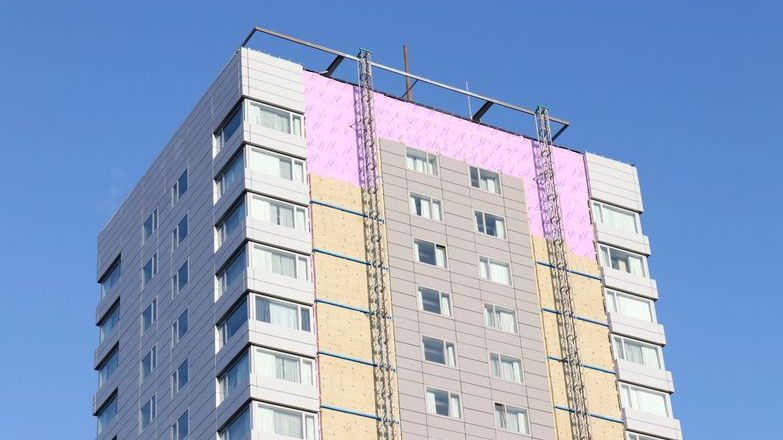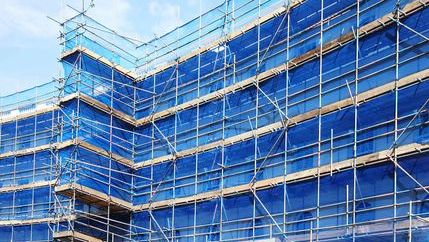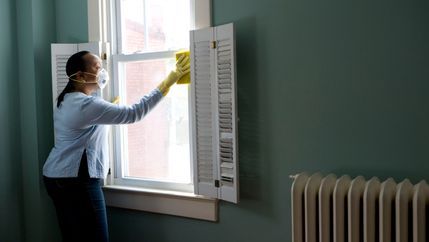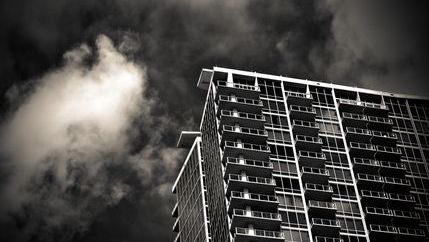
Key new measures for new buildings include:
- Evacuation Alert Systems (EAS) in flats with a floor 18m or more above ground level
- Secure Information Boxes in flats with a floor of 11m or more above ground level
- Floor identification and flat wayfinding signage within flats with a floor of 11m or more above ground level
Do not put existing tenants and owners at risk
Propertymark supports many of the proposals made in the consultation, however, we urge for an even greater impact on fire safety and across existing flats. We are perplexed about the rationale behind leaving existing flats out of the latest proposals.
To protect residents in buildings that present a fire safety risk, proposals to introduce wayfinding signage, Secure Information Boxes and evacuation alert systems must be expanded to include all existing buildings that are considered ‘high-risk’.
More building types should be considered
The consultation proposes applying the existing combustible cladding ban to hotels, hostels and boarding houses. We agree with this but also encourage the Welsh Government to explore the benefits of expanding the regulations to high-use non-residential buildings such as office blocks.
While we understand that there is a reduced occupancy overnight, bringing high-use buildings up to similar standards would further protect the safety of occupants.
Exceptions to height rules needed
Propertymark believes that consideration should be given to all properties that may present an additional risk to residents, even if they are less than 11m tall.
Rather than a fixed cut-off point for the regulations, a qualified fire risk assessor should be required to assess individual properties under 11 metres in height to identify if the regulations should apply to it. We envision that this would encompass properties with restrictive planning where escape routes are not easily accessible or other similar factors that could present a significant fire safety risk.





